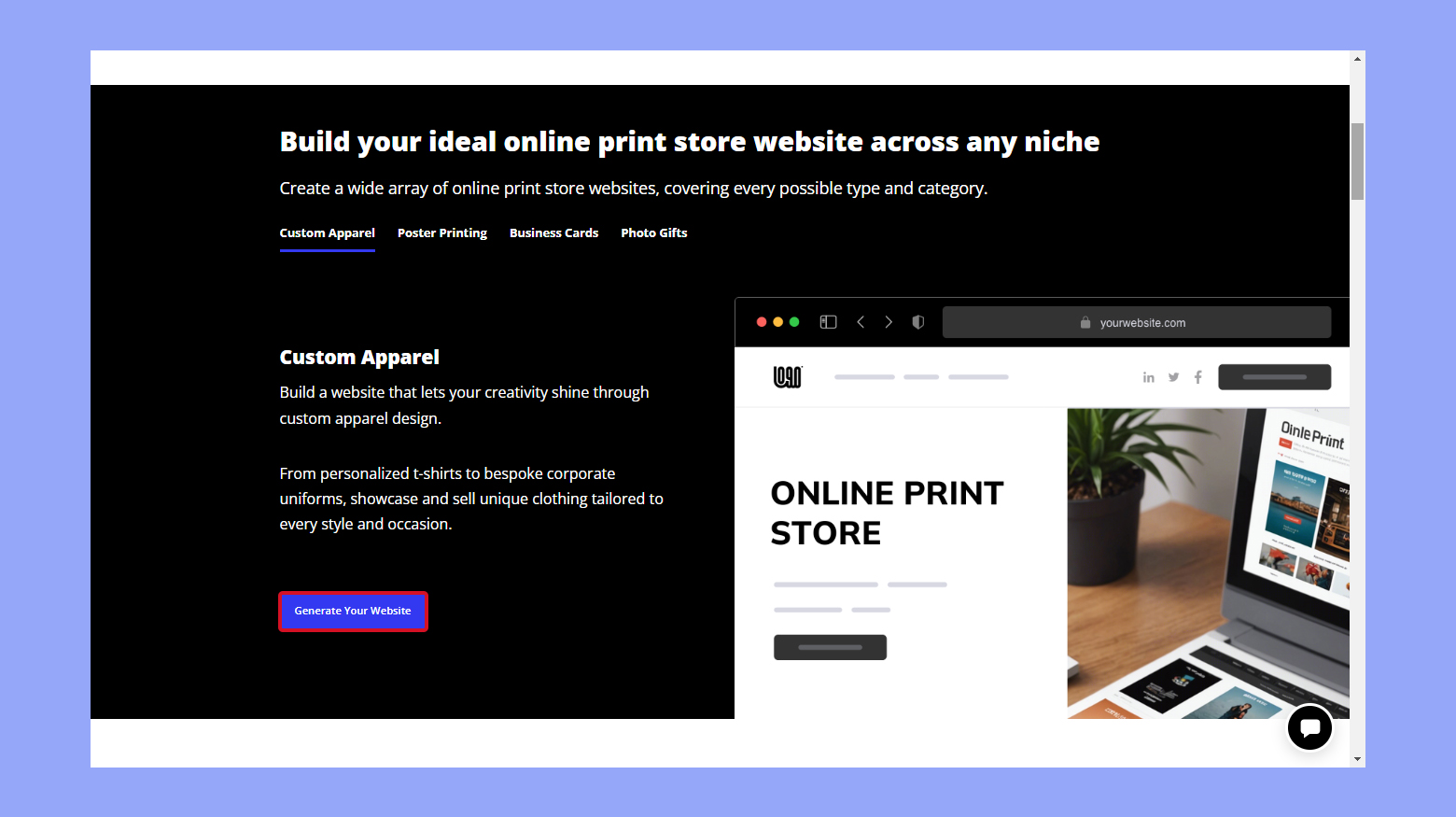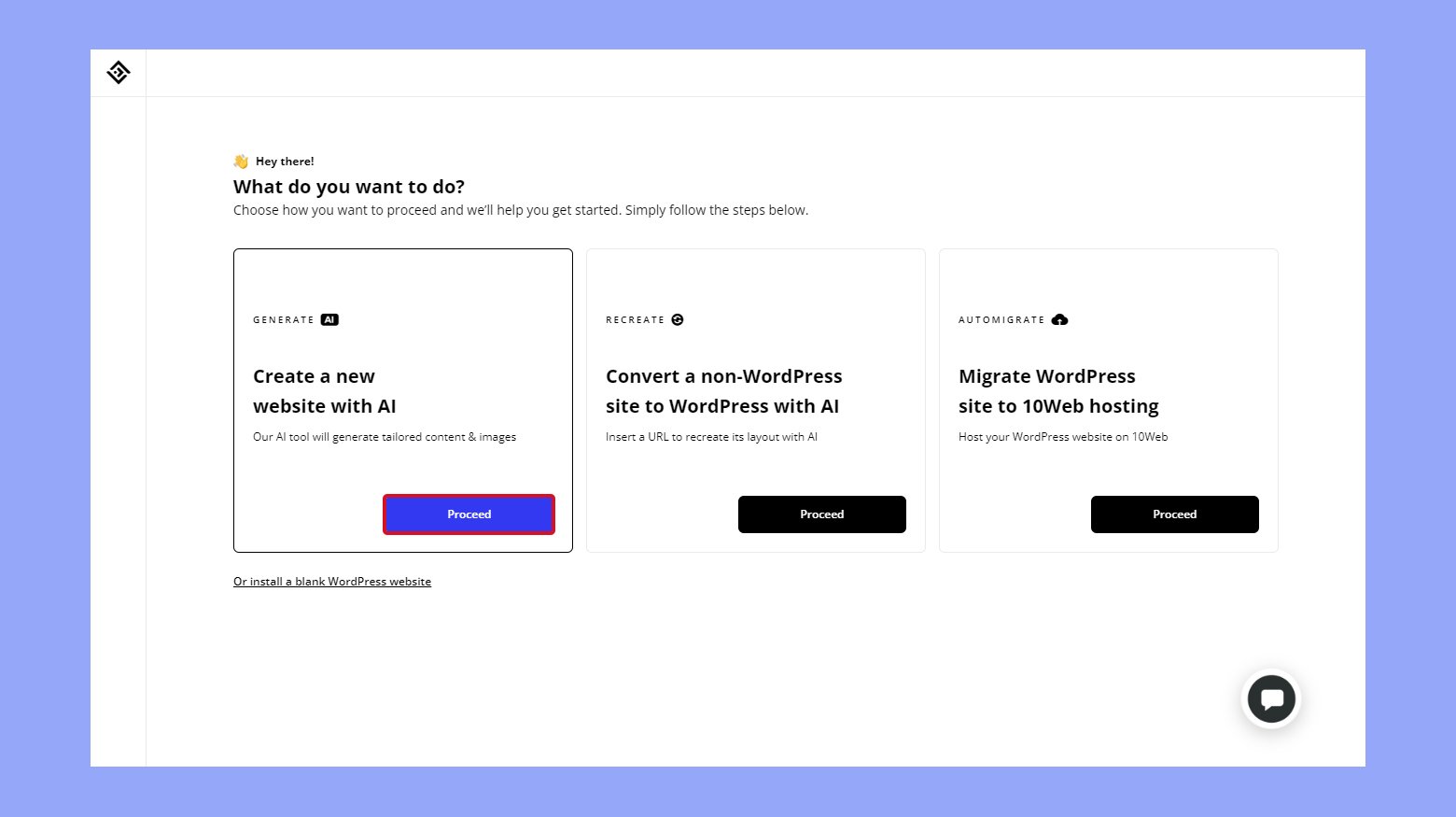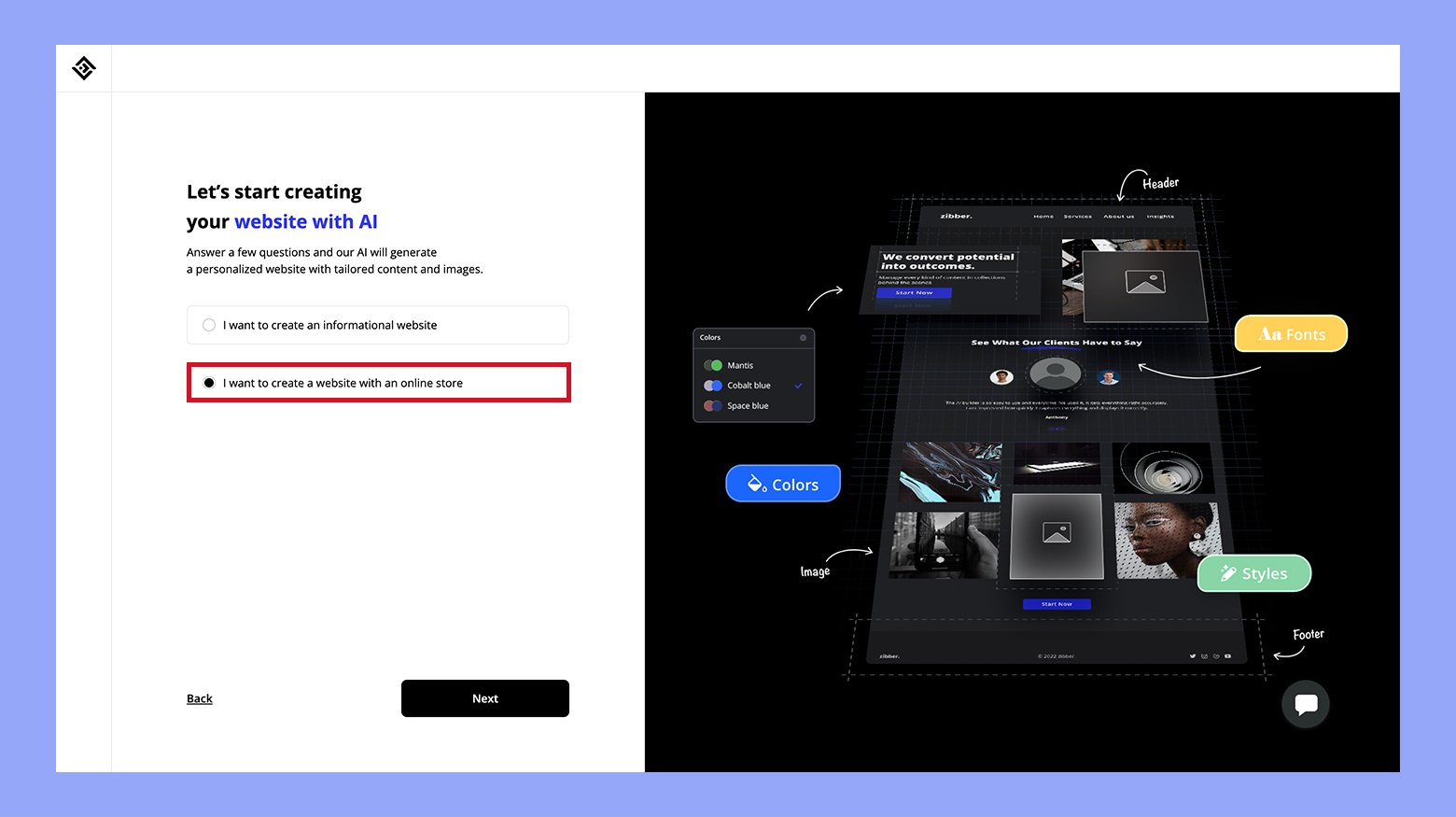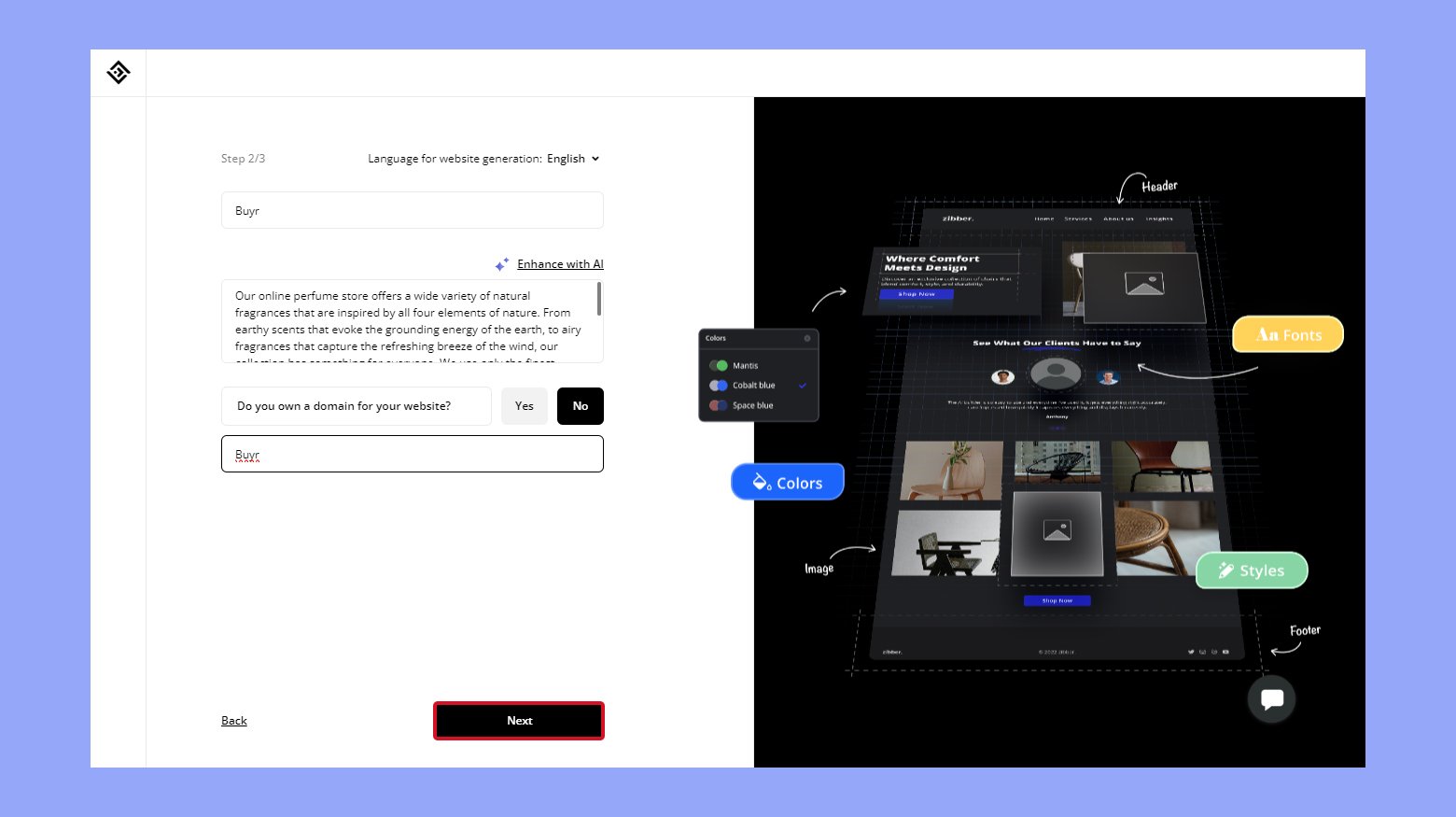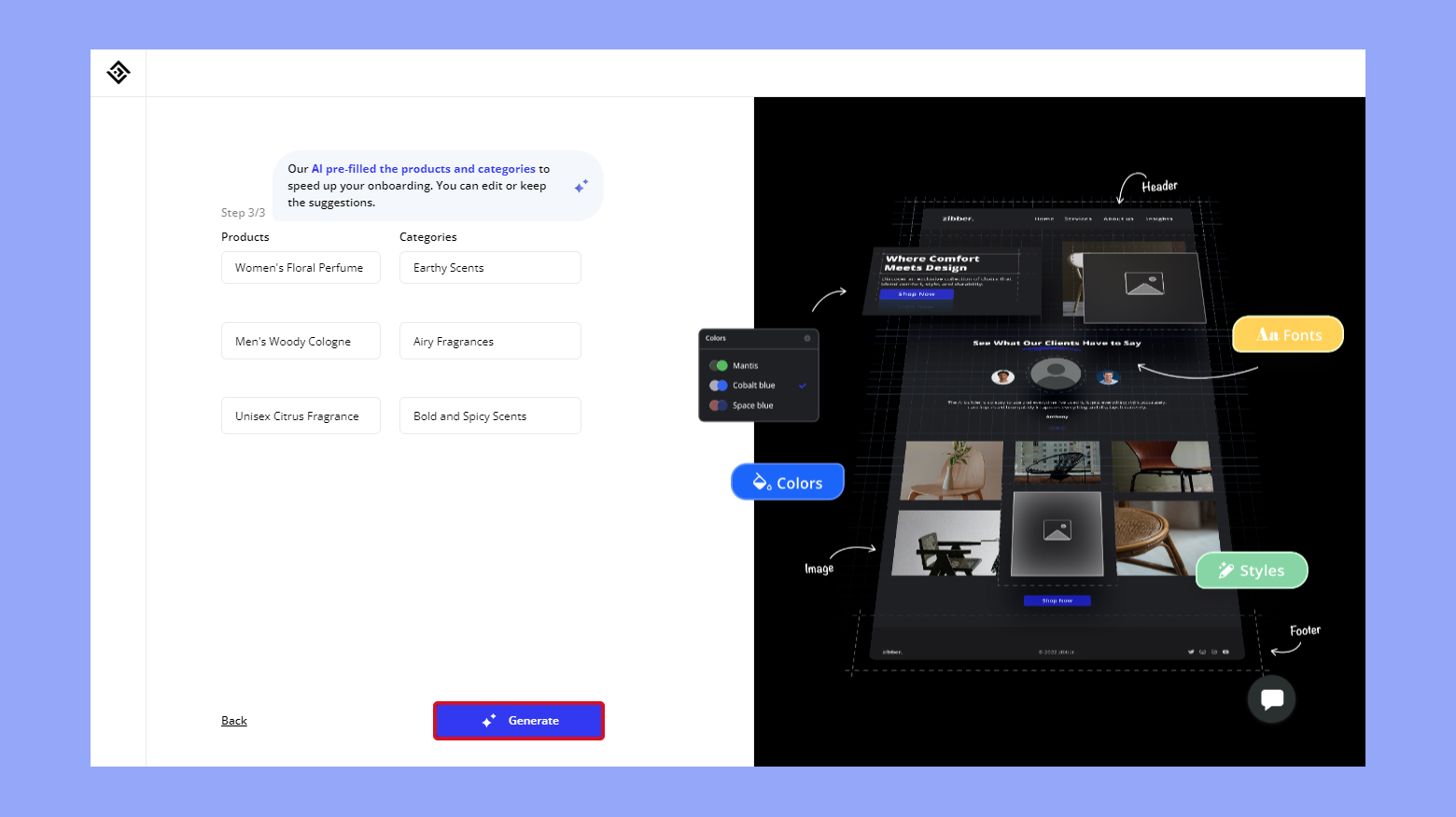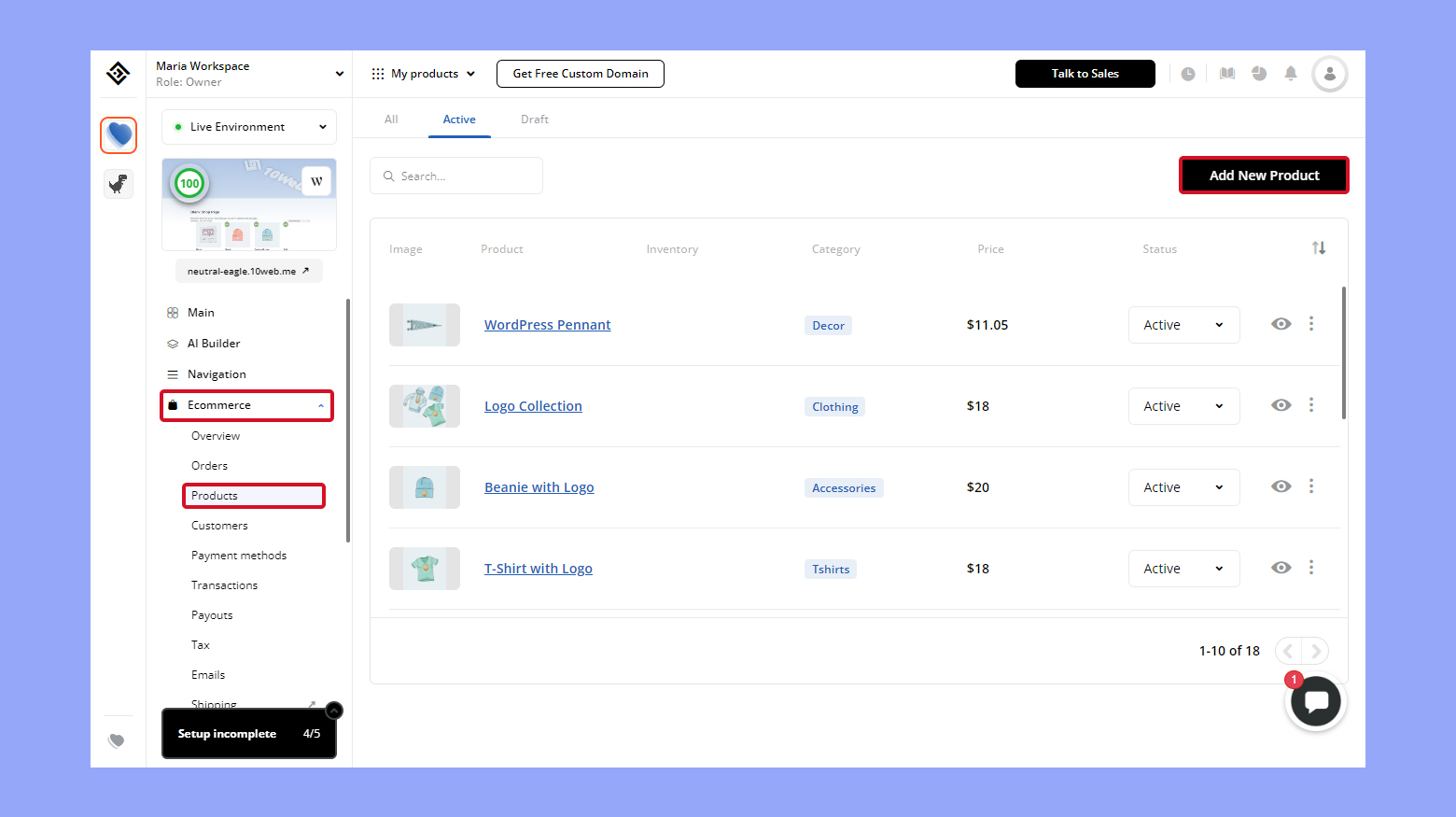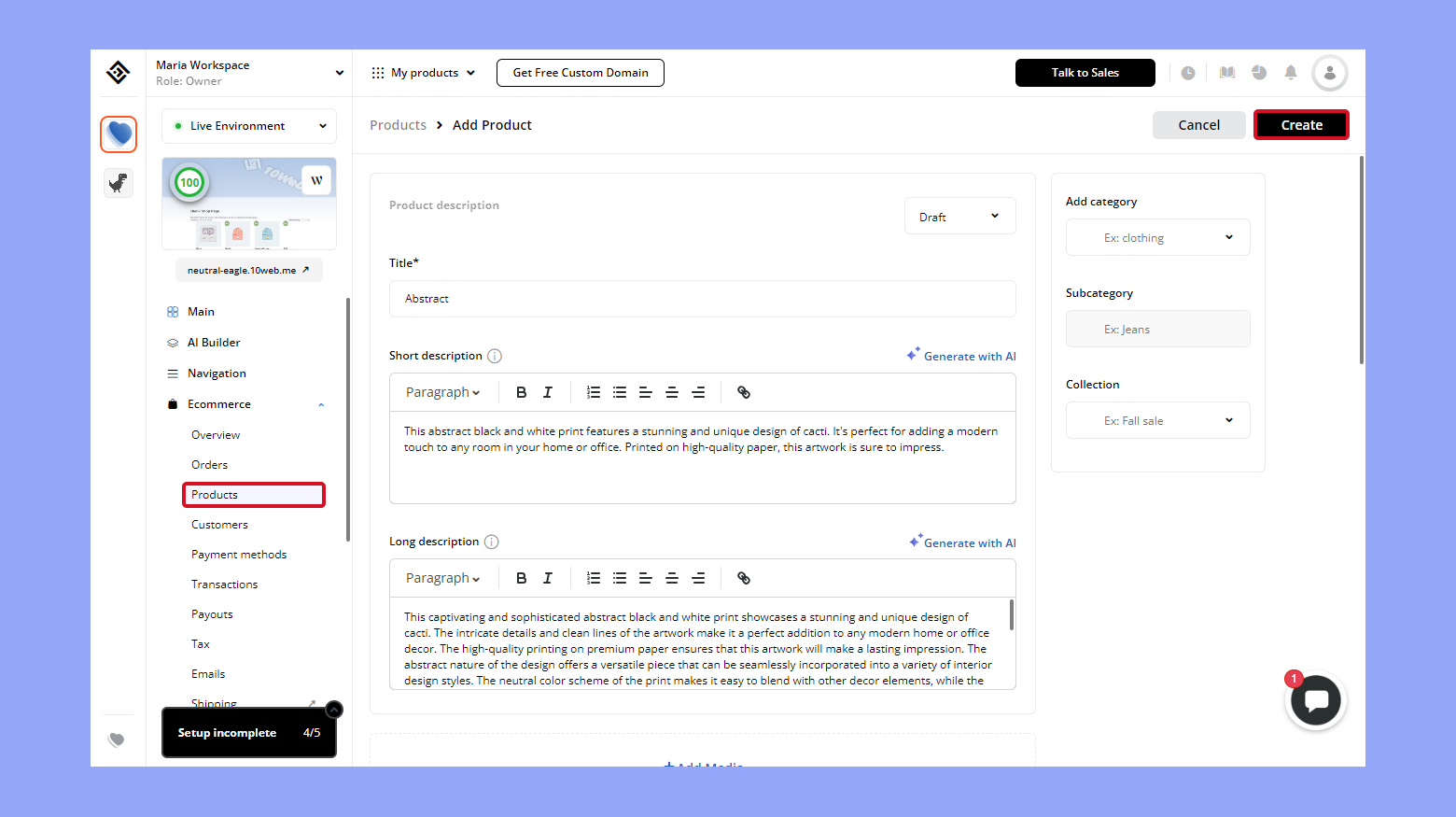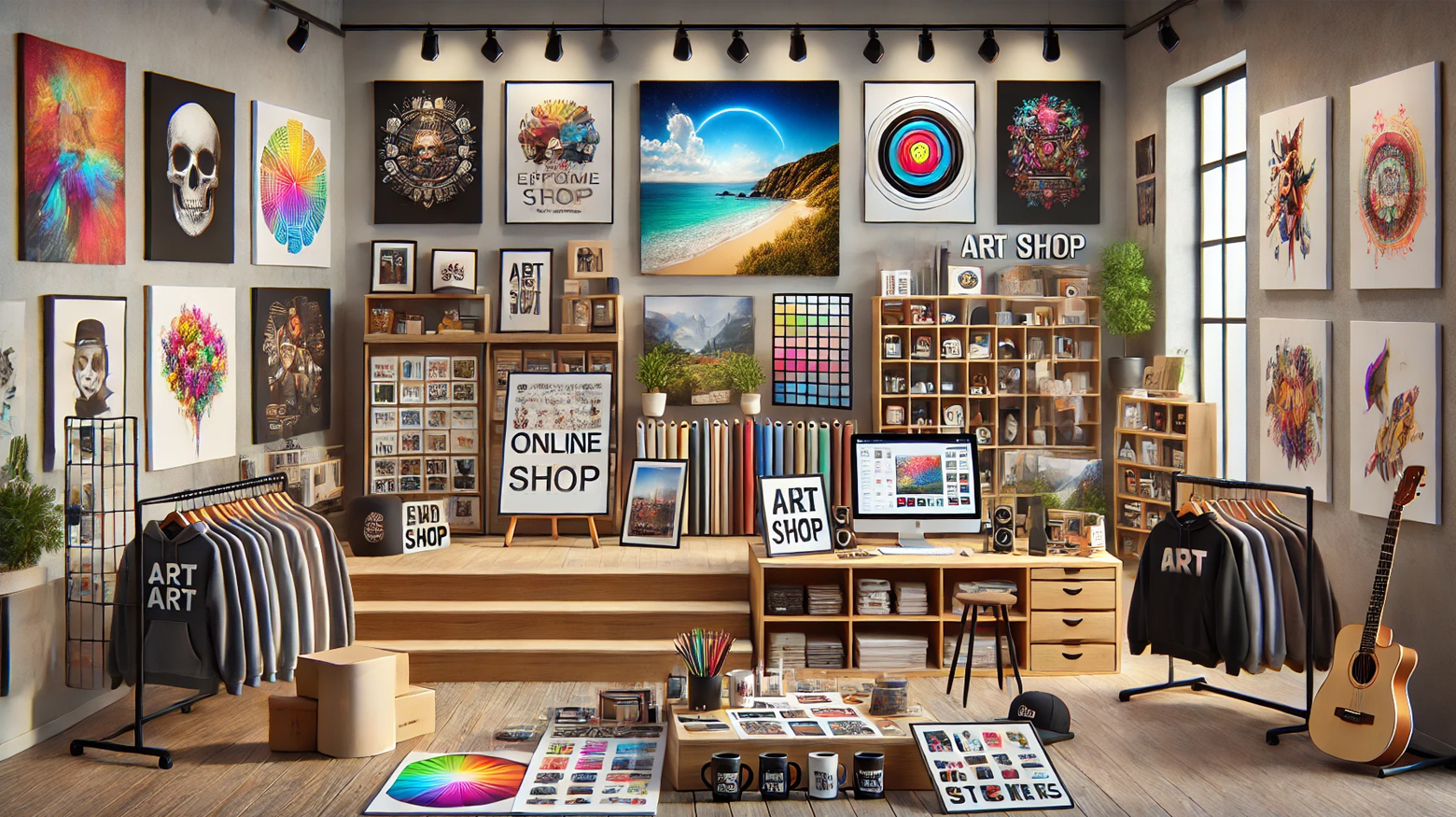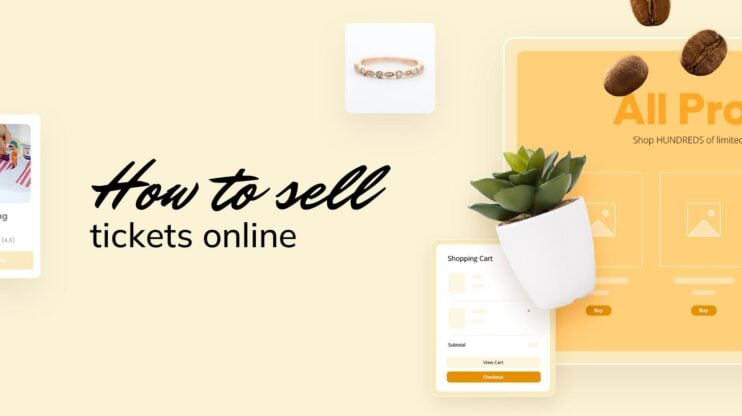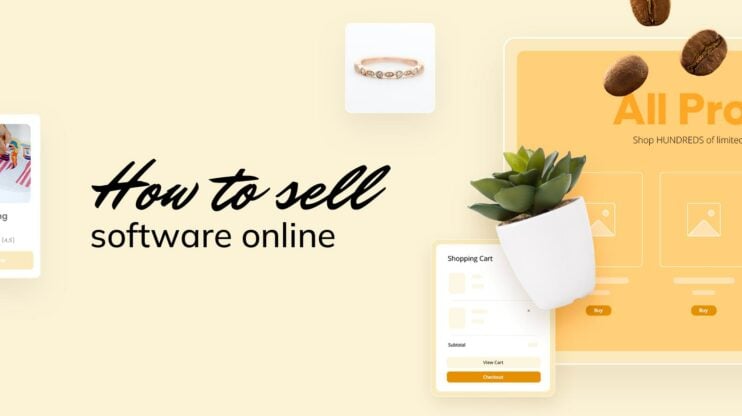The online market for art prints has experienced remarkable growth, driven by trends like the popularity of digital art, personalized prints, and eco-friendly options. Opportunities in this business include tapping into a global audience through ecommerce, creating a unique brand identity, and leveraging print-on-demand services for efficiency.
The excitement lies in the potential for financial growth, creative expression, and the ability to offer unique, personalized art that resonates with diverse customer preferences. This article will cover the current market trends, financial projections, specialized segments, and essential strategies for building a successful online print business.
FAQ
Can you make money selling prints online?
Yes, you can make money selling prints online. The key to success involves creating high-quality, appealing artwork, marketing effectively, and choosing the right platforms to reach your target audience. With the growing demand for digital art, personalized prints, and eco-friendly options, there’s significant potential for profit. Establishing a strong online presence, engaging with your audience, and using effective pricing strategies can further increase your chances of making money in this market.
What is the best site to sell prints?
The best site to sell prints depends on your specific needs and goals. Here are some popular options:
- Etsy: Great for artists looking to reach a broad audience with handcrafted and unique items.
- Shopify: Ideal for those who want full control over their branding and online store.
- Redbubble: A print-on-demand service that handles production and shipping, making it easy for artists to sell their designs.
- Society6: Another print-on-demand platform that offers a wide range of products featuring your art.
- Fine Art America: Specializes in selling fine art prints and other high-quality products.
Is it profitable to sell prints?
Selling prints can be profitable if approached correctly. Profitability depends on factors such as the quality and uniqueness of your artwork, effective marketing, and choosing the right sales platforms. By setting competitive prices, offering a variety of products, and using print-on-demand services to minimize overhead costs, you can achieve profitability. Consistently engaging with your audience and leveraging social media for promotion can also boost your sales and profits.
How do I start selling my own prints?
To start selling your own prints, follow these steps:
- Create high-quality art: Ensure your artwork is high-resolution and visually appealing.
- Choose a platform: Select an online marketplace or create your own website using platforms like Shopify, Etsy, or Redbubble.
- Prepare your digital files: Digitize your artwork using a high-resolution scanner or camera and edit as necessary.
- Set up your store: Upload your artwork, write compelling descriptions, and set prices.
- Market your prints: Use social media, email marketing, and SEO strategies to attract customers.
- Handle orders: If using print-on-demand services, they will handle printing and shipping. Otherwise, manage these logistics yourself.
How can I sell photo prints online?
Selling photo prints online involves a few key steps:
- Choose a platform: Select an online marketplace like Etsy, Fine Art America, or your own website using Shopify.
- Prepare your photos: Ensure your photos are high-resolution and edited professionally.
- Upload and list your photos: Create listings with detailed descriptions and keywords to attract buyers.
- Set pricing: Research market rates and set competitive prices for your prints.
- Promote your work: Use social media, SEO, and email marketing to reach potential customers.
- Fulfill orders: Utilize print-on-demand services for efficiency or handle printing and shipping yourself.
Create your custom online store in minutes with 10Web AI Ecommerce Website Builder and take your business online. 
Looking to sell online?
Current online prints selling market
The online market for prints has seen significant growth in recent years, driven by several key trends. One major trend is the rise of digital art, with artists creating and selling digital prints that customers can download and print at home. This offers convenience and instant gratification for buyers. Additionally, there’s a growing interest in personalized and custom prints, allowing customers to own unique pieces tailored to their tastes. Eco-friendly and sustainable prints are also gaining traction, with consumers increasingly seeking products that align with their values.
Financial projections of the market
The global market for art prints is projected to continue its upward trajectory. According to recent reports, the market size is expected to reach $5.7 billion by 2027, growing at a compound annual growth rate (CAGR) of 4.3% from 2020 to 2027. This growth is fueled by increasing online sales, improved accessibility to a wider audience, and the convenience of e-commerce platforms. As more artists and galleries shift to online sales, the market is anticipated to expand further.
Specialized segments of the market
The print market is diverse, with several specialized segments catering to different customer preferences. These include:
- Fine art prints: High-quality reproductions of original artwork, often created using techniques such as giclée printing.
- Photography prints: High-resolution prints of photographs, ranging from landscapes to portraits.
- Vintage prints: Reproductions of old posters, advertisements, and artwork, appealing to those with a taste for nostalgia.
- Illustrative prints: Prints featuring illustrations, often popular among younger audiences and those looking for quirky, modern designs.
- Custom and personalized prints: Unique prints tailored to individual customer specifications, including custom portraits and bespoke artwork.
Building your brand as an independent artist
To sell prints online successfully, it’s important to create a strong brand and make sure people can easily find you online. Your brand should reflect who you are as an independent artist and make you stand out.
Vision
Creating a strong brand is the foundation of a successful online print business. Start by defining your vision—what do you want your brand to represent? Consider your target audience and what makes your prints unique. Develop a compelling brand story that resonates with your audience, and ensure your brand’s visual identity, including your logo, color scheme, and typography, reflects this vision. Consistency across all touchpoints, from your website to social media profiles, is key to building brand recognition and trust.
Market Research
Conduct thorough market research to understand the landscape and identify your niche. Analyze competitors to see what they offer and how they position themselves. Look for gaps in the market that you can fill with your unique prints. Use tools like Google Trends, social media insights, and online surveys to gather data on customer preferences and behaviors. Understanding your market will help you tailor your offerings and marketing strategies effectively.
Writing a Business Plan
A well-crafted business plan is essential for guiding your online print business. Include the following sections:
- Executive summary: An overview of your business, including your mission statement and objectives.
- Market analysis: Insights from your market research, including target audience demographics and market trends.
- Marketing strategy: Detailed plans for promoting your prints and reaching your target audience.
- Operations plan: Outline the logistics of producing, storing, and shipping your prints.
- Financial plan: Projected income, expenses, and profitability. Include funding requirements and strategies for managing cash flow.
- Sales strategy: Techniques and platforms you’ll use to sell your prints, and any pricing strategies.
Crafting your business model for long-term success
Building a strong business model is key when you want to make money as an artist. Your goal is to create a plan that will support yourself now and generate passive income in the future. Here are some steps to help you craft your business model for long-term success.
- Define your niche Find a specific style or type of art that sets you apart. This could be anything from abstract paintings to custom portraits. Knowing your niche helps you attract the right audience.
- Choose the right ecommerce platform Select platforms that best suit your needs, like Etsy, Shopify, or Redbubble. Each platform has different features and fees, so pick one that aligns with your goals.
- Set competitive prices Research what similar artists charge. Pricing your prints too high or too low can affect your sales. Aim to balance your artwork’s value with what customers are willing to pay.
- Create high-quality prints Invest in good-quality printing services. High-resolution images and quality materials make your work more appealing to buyers.
- Promote effectively Use social media, email newsletters, and blogs to market your prints. Engage with your audience by sharing behind-the-scenes content and special offers.
- Offer limited editions Create scarcity by offering limited edition prints. This can increase the value of your artwork and attract more buyers.
- Diversify your income streams Don’t rely solely on one type of product. Add variety by selling different types of prints, such as canvases, framed prints, and posters.
- Track your performance Use analytics tools provided by the e-commerce platforms to monitor your sales. This helps you understand what works and what needs improvement.
Crafting a solid business model takes time but setting up these building blocks can lead to long-term success and steady income.
Protecting your original art through licensing and copyrights
When you sell prints online, it’s important to protect your original artwork. Licensing and copyrights can help you control how your art is used and ensure you earn from your work.
Step-by-step instructions
- Understand copyright basics: Copyright automatically protects your original art from the moment you create it. It’s crucial to know that this gives you the exclusive right to reproduce, distribute, and display your work.
- Register your copyright: Although copyright is automatic, registering it provides more protection. This formal process makes it easier to handle legal issues if someone copies your work without permission.
- Use watermarks: Adding watermarks to images you post online can discourage unauthorized use. It marks your art as yours and makes it harder for others to claim it.
- Disable right-click on your website: By disabling the right-click function on your website, you make it harder for people to download your images.
- Publish low-resolution images online: Post smaller, low-resolution versions of your art online. These images are less useful for printing, which protects your high-quality originals.
- Learn about licensing: Licensing lets you give permission to companies or individuals to use your art in specific ways, for a fee. You maintain ownership and set the terms of use.
- Create licensing contracts: Always use a contract to detail how your art can be used. Clearly state the usage rights, time frame, and compensation to prevent misunderstandings.
- Monitor your art: Regularly check online to ensure your art is not being used without your consent. Tools like Google Image Search can help.
Protecting your original art helps secure your rights and ensures that you benefit financially from your creations.
Create your custom online store in minutes with 10Web AI Ecommerce Website Builder and take your business online. 
Looking to sell online?
Developing your artist profile
- Create a compelling bio: Share your journey, inspirations, and what makes your art special.
- Update regularly: Keep your profile current with new achievements and projects.
- Include high-quality images: Post professional photos of your art to grab attention.
Your artist profile is your introduction to potential buyers. Convey your personality and values clearly to create an emotional connection with your audience.
The importance of a unique brand identity
A unique brand identity makes you memorable. Think about:
- Visual elements: Consistent colors, fonts, and logo.
- Voice and tone: Match your messaging to your art style. If your art is whimsical, your brand’s tone should be playful.
- Consistency: Keep your brand elements uniform across all platforms.
People buy from brands they recognize and trust. Establishing a distinct identity helps build that trust and makes your art more attractive to buyers.
Creating high-quality artwork for prints
Creating high-quality prints requires choosing the best materials, preparing your digital art correctly, and working with reliable printers. Follow these steps to make sure your art prints look professional and appealing.
Selecting the right materials
Choosing the right materials is key to producing high-quality prints. For traditional artwork, use durable paper or canvas that can hold up to the scanning process. Cotton rag paper and high-grade canvas are popular choices due to their durability and texture.
For digital art, invest in a good graphics tablet and software like Adobe Photoshop or Procreate. These tools give you better control over your work and ensure high resolution.
Consider the costs of materials. High-quality paper and canvas might be more expensive, but they yield better results. Budgeting for these materials helps in maintaining the quality of your prints.
Digital art preparation
To transform your artwork into prints, digitize it correctly. If you are scanning, use a scanner with at least 300 PPI resolution. Photographing your art is also an option; ensure good lighting and a high-resolution camera.
After digitizing, use software like Adobe Photoshop to edit. Ensure color accuracy and adjust the resolution for larger prints. Save your files in formats like TIFF or PNG for the best quality.
This step is crucial as it preserves fine details and true colors, which are essential for high-quality prints.
Working with printers
Choosing the right printer company affects the final quality of your prints. Look for professional print-on-demand services or dedicated printing companies that specialize in art prints.
Work closely with your printer to choose the best printing options. Discuss the type of paper and the printing technique. For instance, giclée printing is known for its high quality and longevity.
Check samples of their work to ensure they meet your standards. High-quality printers will offer a range of options to suit different needs and materials. This allows you to produce quality products that showcase your artwork pristinely.
By focusing on high-quality materials, precise digital preparation, and reliable printers, your art prints will stand out and attract buyers.
How to sell prints online
Starting to sell art prints online involves understanding the market, choosing the right sales channels, and setting up a professional online store. Knowing these steps can help you make the best decisions and effectively build your online art business.
Choosing your online sales channels
Next, you need to choose your online sales channels. There are different ways to sell art online, including marketplaces like Etsy, Amazon, or eBay. These platforms have large audiences, but you must follow their rules and pay fees.
Alternatively, you can sell through your own website or ecommerce store using platforms like Shopify or Big Cartel. This gives you more control over branding and customer interactions. Consider selling through social media platforms like Instagram or Facebook, where you can share and sell your work directly to followers.
Evaluate each option to see what fits your business needs and your target audience best.
Utilizing print-on-demand services for efficiency
Using print-on-demand (POD) services can save you time and money while reducing risks. You can focus on creating your art, while your POD partner handles printing, packaging, and shipping.
The benefits of partnering with POD platforms
Print-on-demand services like Printful and Gelato offer numerous advantages. They eliminate the need for holding vast inventories, allowing you to produce prints only when there’s an order. This means less waste and no upfront costs for printing.
They also handle logistics. Once an order is placed, the POD service prints the artwork, packages it, and ships it directly to the customer. You can also scale your business quickly without worrying about increasing your workload.
How to choose the right print-on-demand service
Choosing the correct POD service is essential. Consider the following factors:
- Quality of prints and materials: Look for services that offer various print options and materials.
- Geographic reach: Choose a service with fulfillment centers close to your target market.
- Pricing and fees: Compare costs, including shipping fees and any subscription charges.
- Customer reviews: Check reviews to gauge reliability and quality.
Printful and Lumaprints are popular choices, known for high-quality prints and reliable shipping.
Setting up your online print store
The 10Web platform offers tools and features to quickly set up a professional ecommerce site without coding knowledge. For professionality, create a website with your own domain name.
Use the 10Web AI Website Builder to create and customize your site, reflecting your brand and showcasing your prints. Manage all your ecommerce website needs from the 10Web dashboard.
- Quickly add products to your store.
- Add detailed descriptions and high-quality images for each print.
- Add and manage payment gateways.
- Offer free or flat-rate shipping and use PayPal for secure payments and more.
With 10Web’s capabilities, you can create an attractive and professional online store in minutes.
To get started:
- Go to 10Web.
- Click on Generate your website.

- From the options, choose Create a new website with AI.

- Choose the option to create a website with an online store.

- Select your business type.
- Fill in the name of your store and a short description. You can enhance the description using AI.
- Choose Yes to get a domain or click No if you have one already.
- Enter your domain name if you have chosen No (optional).
- Click Next.

- Set the 3 main products and categories. This section is pre filled by AI, however, you can edit it as needed.
- Click Generate to create your website.

Once your website is created, you can start to populate your print store right from the 10Web dashboard. Click on the Ecommerce tab to the left of your 10Web dashboard to get started.
- Click on Products > Add New Product.

- Fill in all the information about the print you are selling.
- Add quality images and proper descriptions.
- Make sure to assign it categories and subcategories.
- Include shipping information and costs.
- Once you are done filling in all the information, click Create to add the product to your shop.

Create your custom online store in minutes with 10Web AI Ecommerce Website Builder and take your business online. 
Looking to sell online?
Integration with your online store
Integrating your online store with a POD service streamlines the order process. Most platforms offer easy integration with popular POD providers such as Printful and Printify.
Here’s how to do it:
- Register with a POD service: Sign up on their website.
- Link your store: Use integration options provided by the e-commerce platform.
- Create listings: Upload your artwork and create product listings in the POD service dashboard.
- Set pricing: Determine your prices based on production costs and desired profit margin.
- Test the process: Place a test order to ensure everything runs smoothly.
This seamless process ensures order fulfillment happens automatically, letting you focus more on creating art and marketing your store.
Expanding your range with diverse art products
Selling prints online can be more profitable by expanding your product range. Offering a variety of art products can attract more customers and increase your sales.
Exploring different art print products
Adding variety to your shop can appeal to a broader audience. Beyond standard paper prints, explore options like canvas prints, posters, and framed art.
Canvas Prints: These give a premium feel and are great for higher-end customers. They are durable and look stunning on walls.
Posters: More affordable and accessible, posters target younger buyers or those looking for budget-friendly décor.
Framed Art: Offering framed options simplifies the process for the customer, making it more likely they will purchase.
Stickers: Affordable and fun, stickers can attract younger audiences and those looking for small, collectible items.
Branching into merchandise and apparel
Transform your art into various merchandise and apparel. Items like mugs, t-shirts, and phone cases can feature your designs and appeal to a different market segment.
Mugs: Custom mugs with unique art designs make great gifts and are popular everyday items.
T-Shirts: Apparel like t-shirts attracts customers who want to wear unique, artistic designs.
Phone Cases: These are practical and trendy, making them ideal for a tech-savvy audience.
Hoodies: Perfect for colder weather, hoodies with your art can command higher prices and cater to a fashion-forward clientele.
Offering a diverse mix of products can help you reach new customers and grow your business.
Marketing and customer engagement
Connecting with your audience requires a multifaceted approach. Utilize email marketing to keep customers informed about new releases and promotions. Collaborate with influencers and bloggers in the art community to reach a wider audience. Participate in online forums and groups where potential customers discuss art and prints. Hosting virtual art shows and Q&A sessions can also engage your audience and build a loyal customer base.
Maximizing visibility through SEO and content marketing
To make sure people find your online store, focus on SEO and content marketing:
- Keyword research: Find out what terms people use to search for art similar to yours. Use those keywords in your product descriptions, titles, and blog posts.
- Blogging: Write about your art process, upcoming projects, and industry insights. Regular content updates help with SEO.
- Social media marketing: Share your content across social media platforms. Engage with your audience by responding to comments and messages.
SEO and content marketing increase your visibility online, driving more traffic to your store and increasing sales.
Content Marketing
Content marketing is vital for building your brand and driving traffic to your site. Create engaging blog posts about the stories behind your prints, the creative process, and industry trends. Develop how-to guides on framing and displaying prints, and share customer testimonials and success stories. High-quality content not only attracts visitors but also establishes your brand as an authority in the market.
Social Media
Social media platforms like Instagram, Pinterest, and Facebook are powerful tools for promoting your prints. Post regularly and use high-quality images to showcase your artwork. Utilize stories, reels, and live videos to give followers a behind-the-scenes look at your creative process. Engage with your audience by responding to comments and messages promptly. Running targeted ads on social media can also increase your reach and drive traffic to your website.
Interactive Content and Blog Posts
Interactive content, such as quizzes, polls, and contests, can significantly boost engagement. Create quizzes to help customers find the perfect print for their space or run contests encouraging them to share photos of your prints in their homes. Blog posts that invite comments and discussions can also foster a sense of community around your brand. Regularly updating your blog with fresh content keeps your audience coming back and improves your website’s SEO.
Leveraging social media to connect with potential buyers
Connecting with potential buyers on social media can greatly increase your sales. Platforms like Instagram, Facebook, and other sites offer unique opportunities for artists to showcase their work and build a dedicated audience.
Instagram marketing for artists
Instagram is a visual platform perfect for artists. Here’s how you can use it effectively:
- Create a business account: Switch your account to a business profile for valuable insights.
- Post high-quality images: Showcase your prints with clear, well-lit photos.
- Use relevant hashtags: Research and include popular hashtags related to your art to reach a broader audience.
- Engage with followers: Respond to comments and messages promptly to build relationships.
- Utilize Stories and Reels: Share behind-the-scenes content and quick videos to keep your followers engaged.
Consistency is key on Instagram. Regularly update your profile and interact with your followers to foster a strong community around your art.
Using Facebook to showcase your gallery
Facebook is another powerful tool for artists. Follow these steps to create an engaging online gallery:
- Set up a business page: A separate business page keeps your personal and professional lives distinct.
- Create photo albums: Organize your prints into albums based on themes or collections.
- Utilize Facebook Shops: Set up a shop on Facebook to sell prints directly through the platform.
- Engage with your audience: Host live sessions, respond to comments, and join art-related groups.
- Use Facebook Ads: Target potential buyers with specific interests to increase your visibility.
Facebook allows you to interact more deeply with potential buyers. Hosting live sessions where you talk about your art can create a more personal connection.
Exploring other social media platforms
Beyond Instagram and Facebook, other social media platforms can also be very beneficial:
- Pinterest: Create boards featuring your prints and link back to your online store.
- Twitter: Share updates and engage in conversations about art.
- TikTok: Use short, creative videos to show your process and finished pieces.
- LinkedIn: Network with other professionals and showcase your prints in a more formal environment.
Each platform has its unique strengths. By diversifying your presence, you can reach various audiences and potential buyers. Focus on the platforms where your target audience is most active for the best results.
Create your custom online store in minutes with 10Web AI Ecommerce Website Builder and take your business online. 
Looking to sell online?
Pricing and shipping strategies
Pricing your art prints effectively ensures you cover costs and make a profit. Here are steps to help you set the right prices:
- Calculate production costs: Add up the costs for materials, printing, and shipping.
- Determine your profit margin: Decide on a percentage increase over your production costs.
- Use price per square inch: Calculate a consistent rate based on the size of your prints.
- Analyze the market: Look at what similar artists charge on different sales channels.
- Factor in reputation: Adjust your prices if you’re an established artist.
- Set competitive prices: Ensure your prices are attractive to buyers but still profitable for you.
Markup: What it is and why it matters
Markup is the difference between the cost of producing a print and the selling price. Setting a correct markup is crucial for sustainability.
Example calculation:
| Size | Cost to Produce | Desired Markup (50%) | Selling Price |
| 8 x 10 inch | $5 | $2.50 | $7.50 |
| 11 x 14 inch | $10 | $5 | $15 |
Marketing your prints
- Promote on social media: Use platforms like Instagram and Facebook.
- Collaborate with galleries: Showcase your work offline as well.
- List on multiple sales channels: Use Etsy, Shopify, and other marketplaces to reach wider audiences.
Following these steps, you can confidently price your art prints and understand the importance of effective markup strategies.
Mastering the shipping and fulfillment process
Properly handling shipping and fulfillment is crucial to ensure your customers are happy with their purchases. Focus on setting up reliable shipping options and managing costs and timeframes to keep everything running smoothly.
Setting up reliable shipping options
To start, choose shipping carriers that are known for their reliability. Common options include USPS, UPS, FedEx, and DHL. Each carrier has its strengths, so look for the best fit for your needs and budget.
Next, consider using a shipping software like ShipStation or Pirate Ship. These tools can help you print shipping labels, track packages, and streamline your workflow. Many of these tools integrate directly with popular ecommerce platforms like Etsy or Shopify.
Also, clearly communicate your shipping policies to your customers. Include details on estimated delivery times, shipping costs, and any available shipping upgrades. Customers appreciate transparency and are more likely to trust your business.
Managing shipping costs and timeframes
Shipping costs can add up quickly, so it’s important to manage them effectively. Start by understanding the rates from different carriers. Use their online calculators to get accurate estimates based on package size, weight, and destination.
Consider offering free shipping for orders over a certain amount. This can encourage larger purchases and help offset your costs. Alternatively, you can charge a flat rate for shipping to keep things simple for your customers.
Another key aspect is handling delivery timeframes. Offer different shipping options, such as standard, expedited, and express shipping. Make sure to set clear expectations about how long each option will take. Using shipping software can help you provide accurate tracking information, so your customers always know where their order is.
Lastly, don’t forget about international shipping if you plan to sell globally. Understand customs regulations and fees to avoid surprises for you and your customers.
By carefully setting up your shipping options and managing costs and timeframes, you can ensure a smooth fulfillment process and happy customers.
Engaging with the art community for support and networking
Connecting with other artists and art enthusiasts can help you grow both creatively and professionally. It can expand your reach, provide feedback, and open up new opportunities for collaboration.
Joining artist networks and online forums
Joining artist networks and online forums helps you connect with like-minded individuals. These platforms can provide valuable feedback on your work and offer advice from more experienced artists.
Artist networks like Behance and DeviantArt are great places to showcase your work and see what others are creating. They often have community events and challenges that can inspire new ideas.
In online forums, such as Reddit’s r/Art, you can discuss techniques, get critiques, and share resources. These forums can be a valuable source of support and knowledge, helping you navigate the art world more effectively.
Collaborating with other artists and galleries
Working with other artists and galleries can open doors to new opportunities. Collaborations can take many forms, from joint projects to art exhibitions.
When you collaborate, you combine different skills and perspectives, making your work more dynamic. Reach out to other artists whose work you admire and propose a joint project.
Galleries can also be excellent partners. They offer a platform to showcase your work to a broader audience. Many galleries are now open to featuring artists who they discover through online networks, making it easier than ever to find opportunities. Collaborating with a gallery can significantly boost your visibility and potentially lead to sales.
Conclusion
This article has explored the burgeoning online market for art prints, driven by trends such as digital art, personalized prints, and eco-friendly options. We have learned about the promising financial projections, specialized market segments, and strategies to build a successful brand as an independent artist. The knowledge gained covers the essentials of crafting a strong business model, protecting your art through licensing, and effectively selling prints online through various platforms and print-on-demand services. This comprehensive guide equips you with the tools to tap into a global audience, maximize visibility, and ensure long-term success in the thriving art print market.




